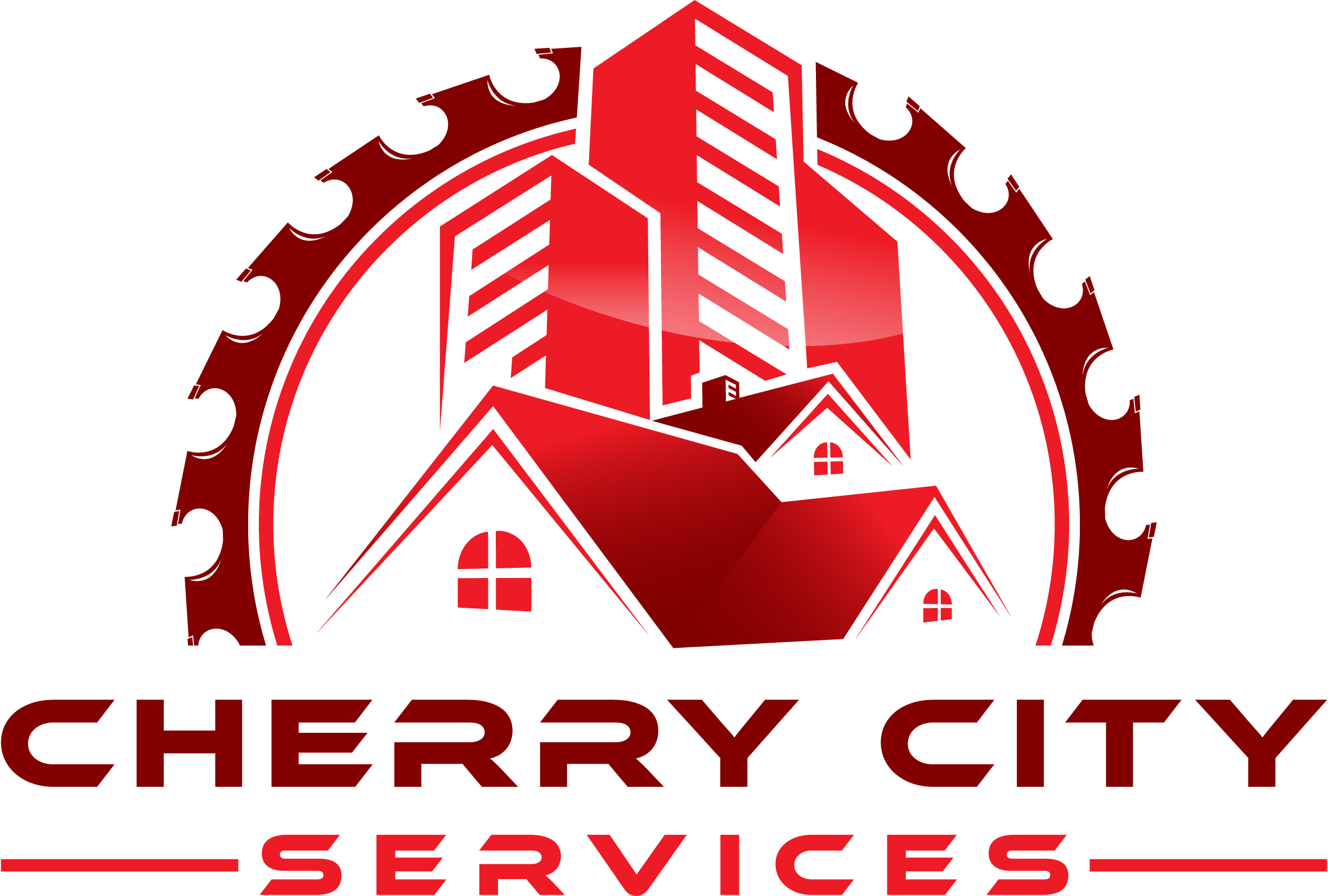Disaster can strike at any moment, leaving behind a trail of devastation that can turn your once-comfortable home into a scene of chaos and ruin. Whether it’s a fire, flood, or earthquake, the aftermath can be overwhelming, both emotionally and financially. Remodeling your damaged home is a daunting task, but with careful planning and knowledge of the process, you can rebuild and restore your sanctuary to its former glory.
Cherry City Services specializes in Disaster Restoration. We understand the heartache and emotional distress that the circumstances hold. The sooner you call us, the sooner we can help you get things back to the way they were before this disaster hit.
Assessing the Damage
The first step in remodeling your home after a disaster is to assess the extent of the damage. Depending on the severity of the event, your home may have suffered structural damage, water damage, fire damage, or a combination of all three. It’s essential to enlist the help of professionals, such as structural engineers, contractors, and restoration specialists, to thoroughly inspect your home and provide an accurate assessment of the repairs needed.
Dealing with Unknown Costs
One of the most significant challenges homeowners face when remodeling after a disaster is dealing with unknown costs. While insurance policies typically cover the cost of repairs, there are often unforeseen expenses that arise during the remodeling process. These can include:
- Structural Damage: If your home has suffered structural damage, such as foundation issues or roof damage, the cost of repairs can escalate quickly. Structural repairs often require specialized equipment and expertise, driving up the overall cost of the remodel.
- Hidden Damage: In many cases, the full extent of the damage may not be apparent until the remodeling process is underway. Hidden water damage behind walls or under flooring, for example, can significantly impact the cost of repairs.
- Code Compliance: Depending on where you live, there may be building codes and regulations that must be followed during the remodeling process. Bringing your home up to code can add additional expenses to the project.
- Temporary Housing: If your home is uninhabitable during the remodeling process, you may need to find temporary housing for you and your family. The cost of temporary housing can vary depending on factors such as location and duration.
Navigating the Insurance Claim Process
Filing an insurance claim after a disaster can be a complex and time-consuming process, but it’s essential to ensure that you receive the compensation you’re entitled to. Here are some steps to help navigate the insurance claim process:
- Document the Damage: Before beginning any repairs, thoroughly document the damage to your home. Take photographs and videos of the damage from multiple angles, and make a detailed inventory of any personal belongings that have been lost or damaged.
- Contact Your Insurance Company: Notify your insurance company of the damage to your home as soon as possible. They will likely send an adjuster to assess the damage and determine the amount of compensation you’re eligible to receive.
- Review Your Policy: Familiarize yourself with your insurance policy and what it covers. Pay attention to any exclusions or limitations that may apply to your situation.
- Keep Records: Keep detailed records of all communications with your insurance company, including phone calls, emails, and letters. Keep track of any paperwork related to your claim, including estimates, receipts, and invoices for repairs.
- Be Patient: The insurance claim process can take time, so be patient and persistent. Follow up with your insurance company regularly to ensure that your claim is being processed in a timely manner.
Choosing a Contractor
Once you’ve received approval from your insurance company and have a clear understanding of the scope of the work needed, it’s time to consider Cherry City Services to oversee the remodeling process. Here are some tips for selecting the right contractor for the job:
- Get Recommendations: Ask friends, family, and neighbors for recommendations for reputable contractors in your area. You can also search online for reviews and testimonials from past clients.
- Verify Credentials: Before hiring a contractor, verify that they are properly licensed, bonded, and insured. Check with your state’s licensing board to ensure that they are in good standing.
- Get Multiple Estimates: Get estimates from multiple contractors to compare prices and services. Be wary of any bids that are significantly lower than the others, as this could be a red flag for poor quality workmanship or hidden costs.
- Ask for References: Ask potential contractors for references from past clients and follow up with them to ask about their experience working with the contractor.
- Get Everything in Writing: Once you’ve chosen a contractor, make sure to get a written contract that outlines the scope of the work, the timeline for completion, and the payment schedule. Review the contract carefully before signing and make sure you understand all terms and conditions.
The Remodeling Process
Once you’ve selected a contractor and finalized the details of the project, the remodeling process can begin. Depending on the extent of the damage, the remodeling process may involve:
- Demolition and Cleanup: Removing debris and damaged materials from the home and preparing the site for repairs.
- Structural Repairs: Addressing any structural damage to the home, such as repairing or replacing damaged foundation, walls, or roofing.
- Water Damage Restoration: Drying out the home and repairing any water damage, including mold remediation if necessary.
- Fire Damage Restoration: Cleaning and deodorizing the home to remove smoke and soot damage, and repairing or replacing damaged materials.
- Finishing Touches: Once the major repairs are complete, finishing touches such as painting, flooring, and trim work can be done to restore the home to its pre-disaster condition.
Conclusion
Remodeling your damaged home after a fire, flood, or earthquake is a challenging and often overwhelming process, but with careful planning and the right resources, it is possible to rebuild and restore your home to its former glory. By assessing the damage, navigating the insurance claim process, choosing the right contractor, and overseeing the remodeling process, you can turn your disaster-stricken home into a safe and comfortable sanctuary once again. While the road to recovery may be long and arduous, the end result is well worth the effort and investment.








